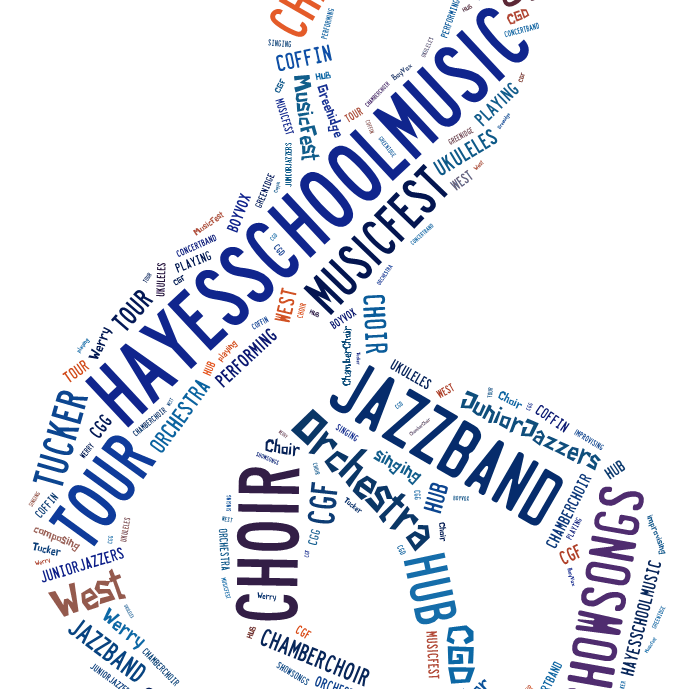Arcangelo Corelli (1653 – 1713) was an Italian violinist and composer from he Baroque period of music.

Corelli’s Twelve Concerti Grossi, is a collection of twelve works composed in the late 17th century but not published until 1714. A concerto grosso was a popular form of music in the Baroque period and these works dramatically affected the style of the baroque music for the next generation of composers.

A concerto grosso consisted of two contrasting groups of instruments:
- The concertino soloists section (in today’s extract consisting of a 1st violin, a 2nd violin and a cello)
- The ripieno section – this is the rest of the string section together with the continuo. The continuo is the ‘rhythm section’ usually consisting of harpsichord, lute and bass string instruments. In today’s extract it consists of original baroque instruments called an archlute, violone and barqoue organ.


In today’s extract listen out for a question and answer (like a call and response) section between the concertino section and the ripieno.

